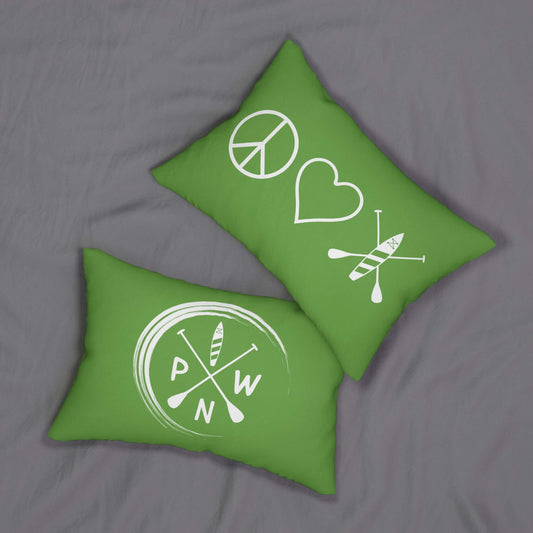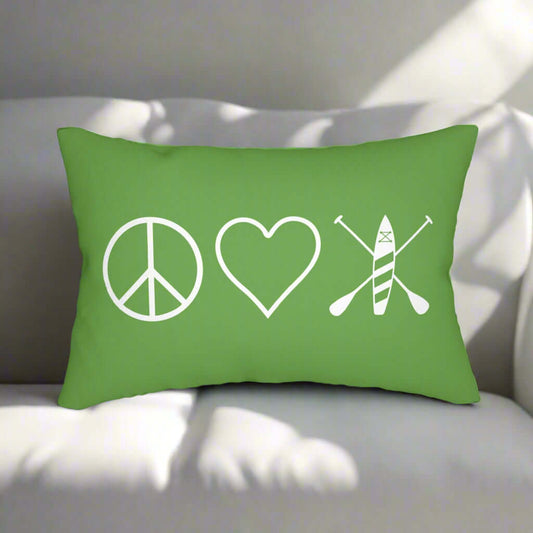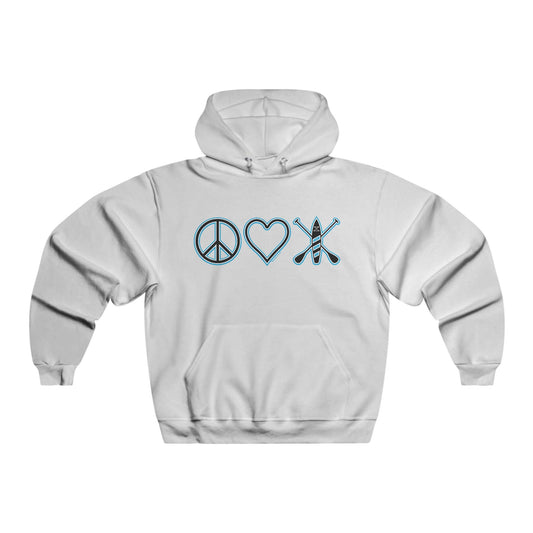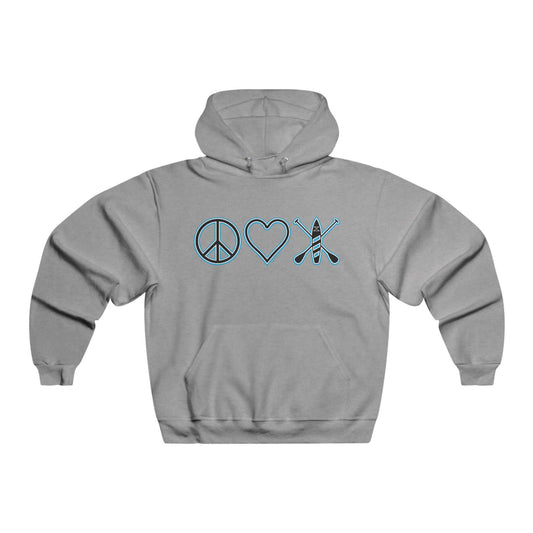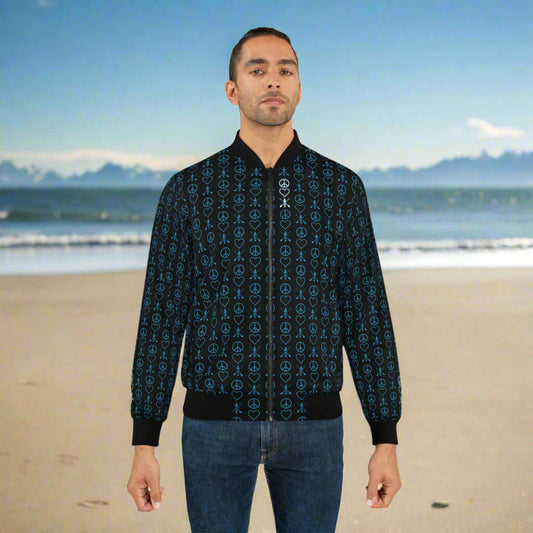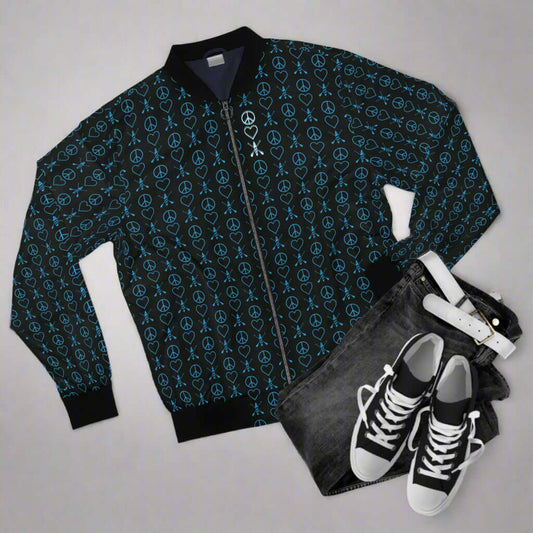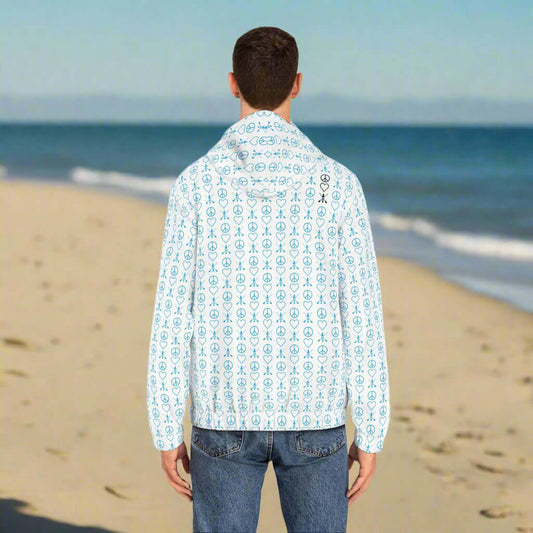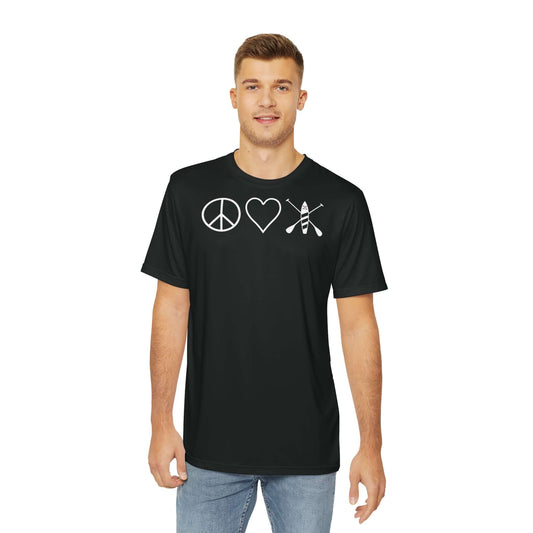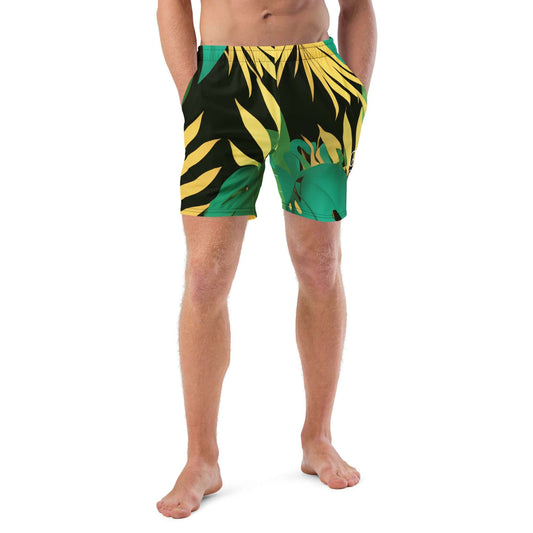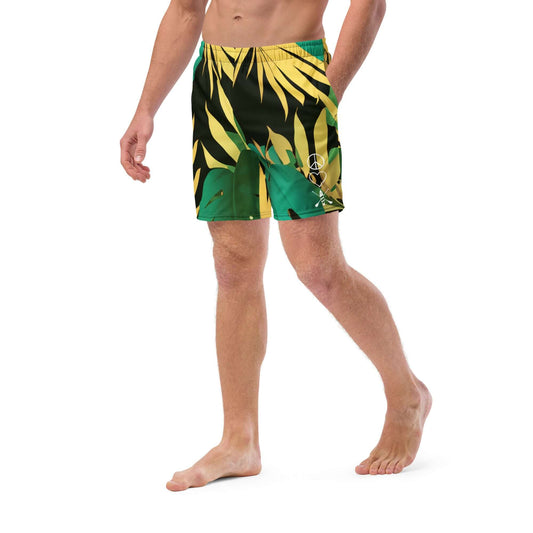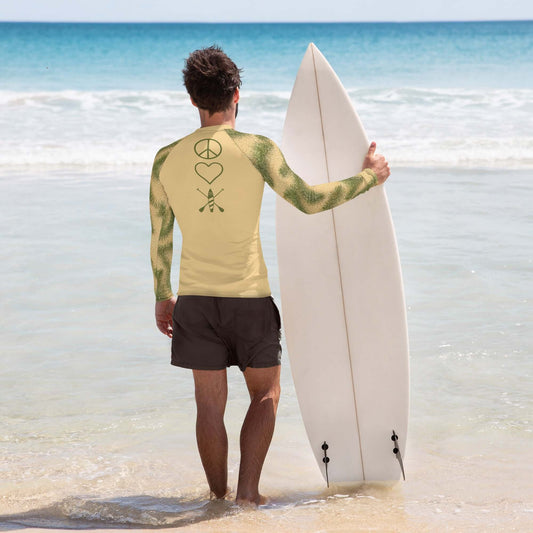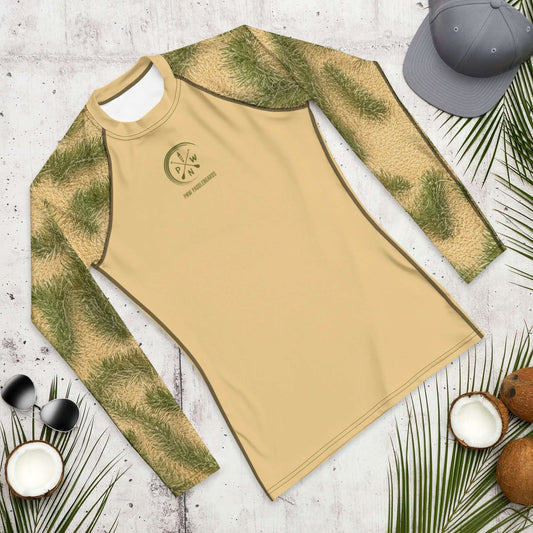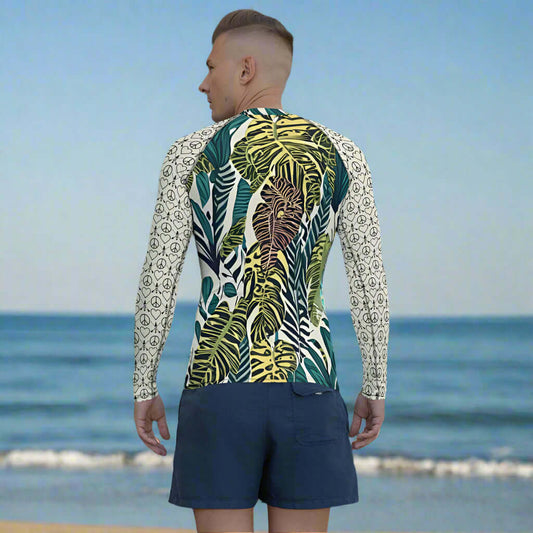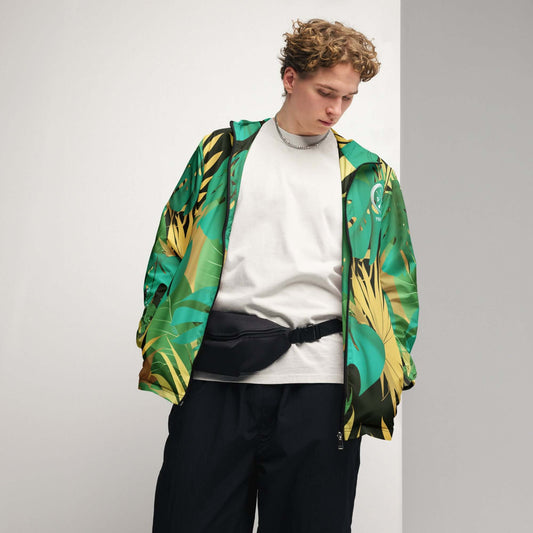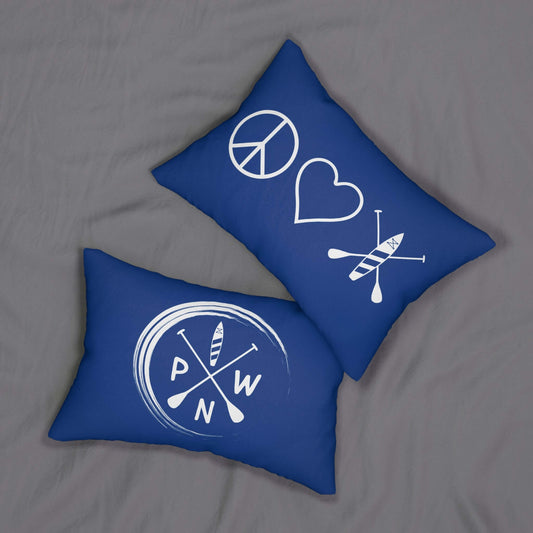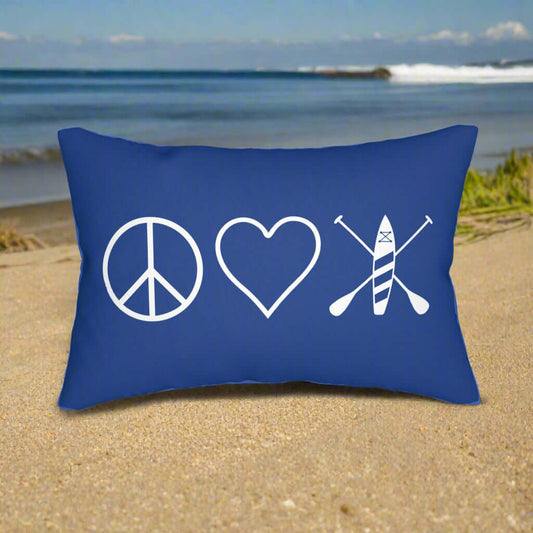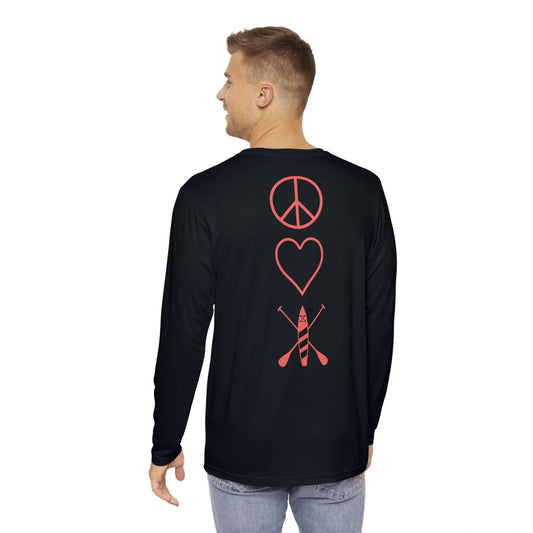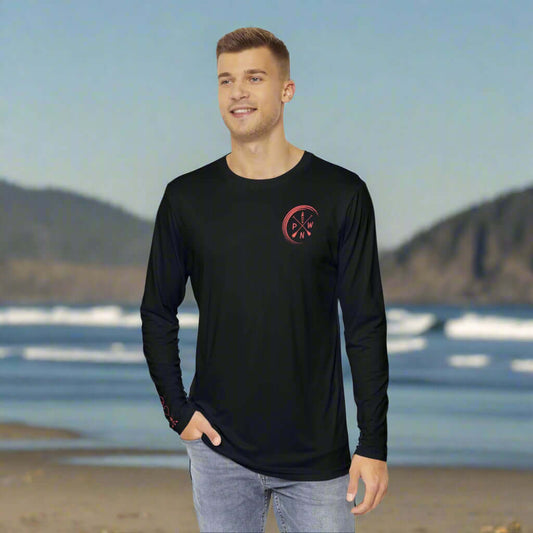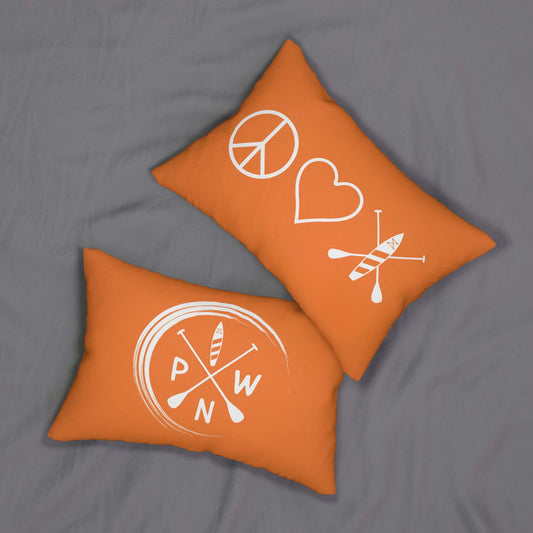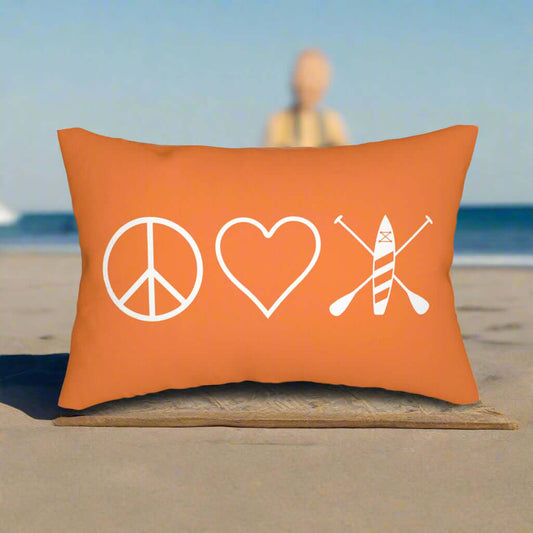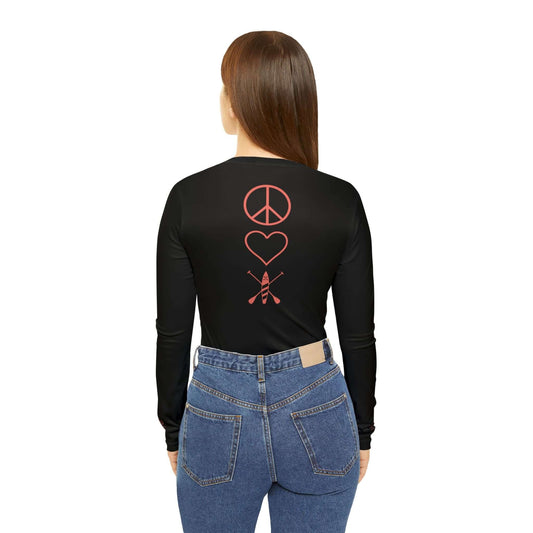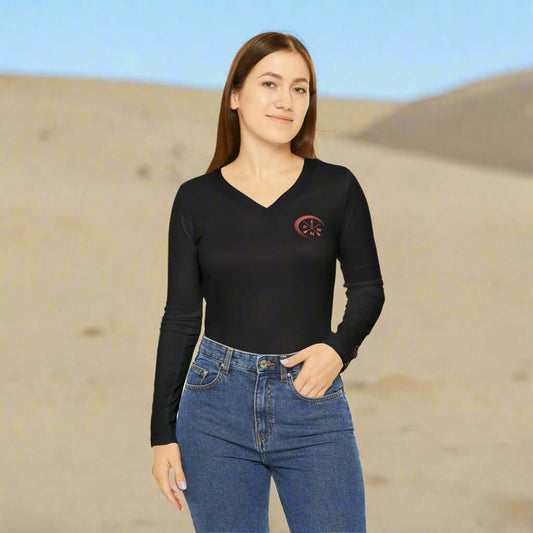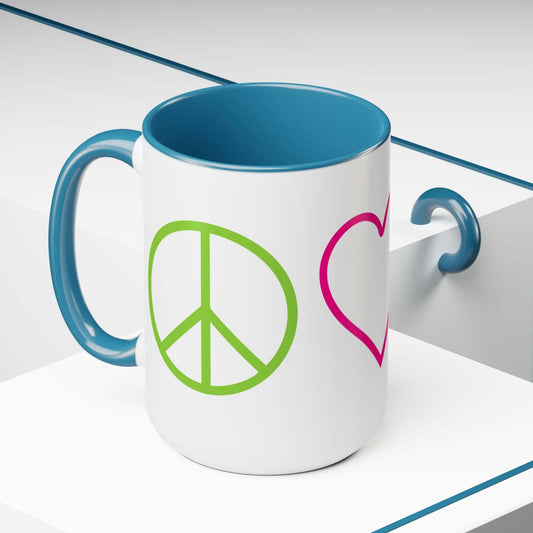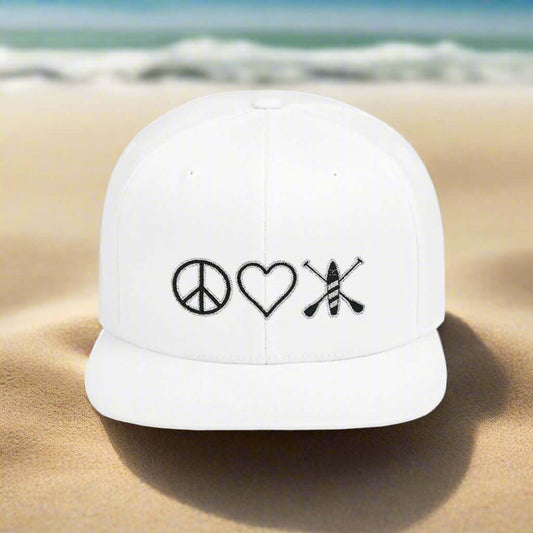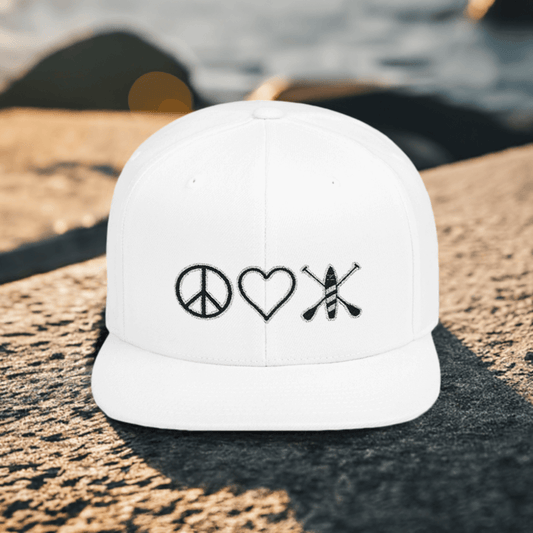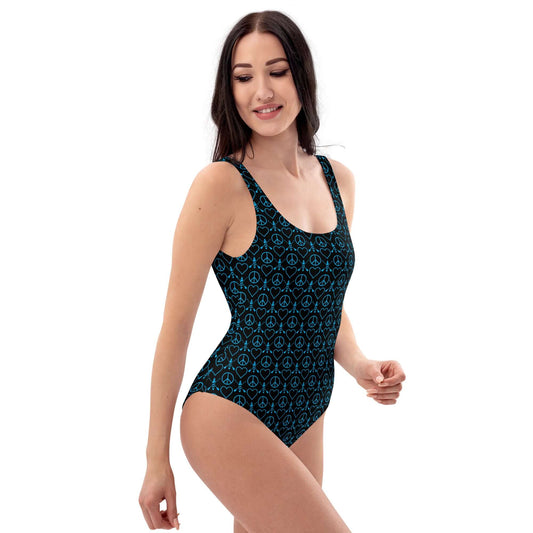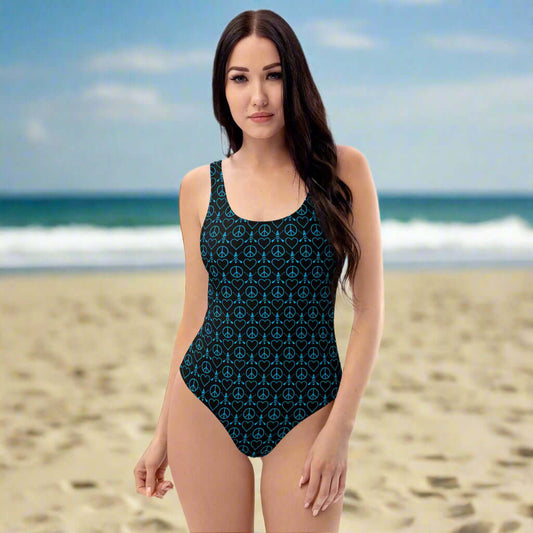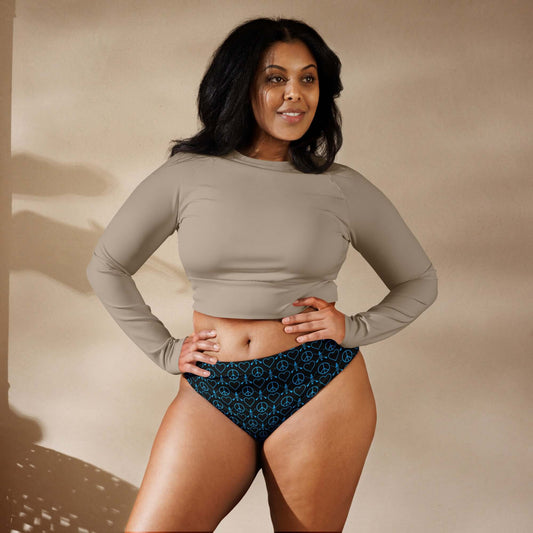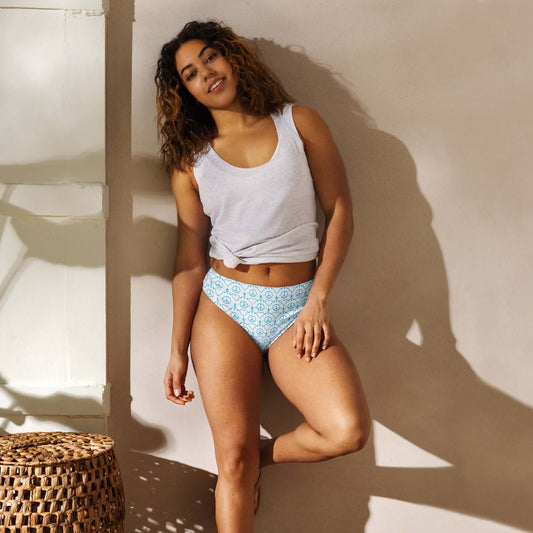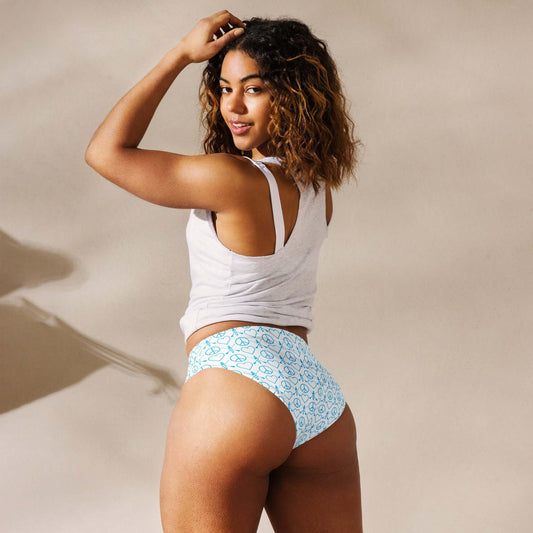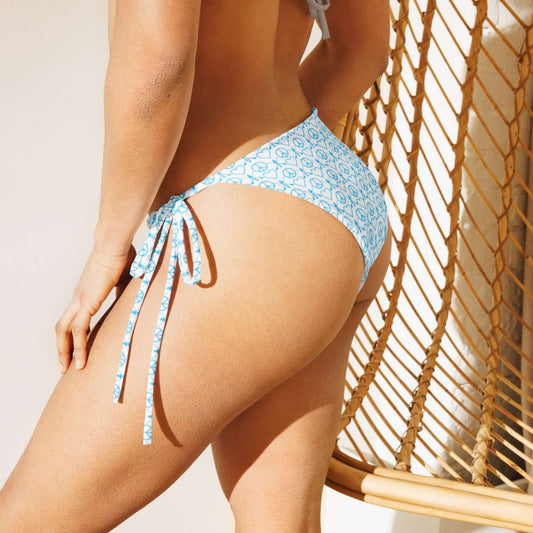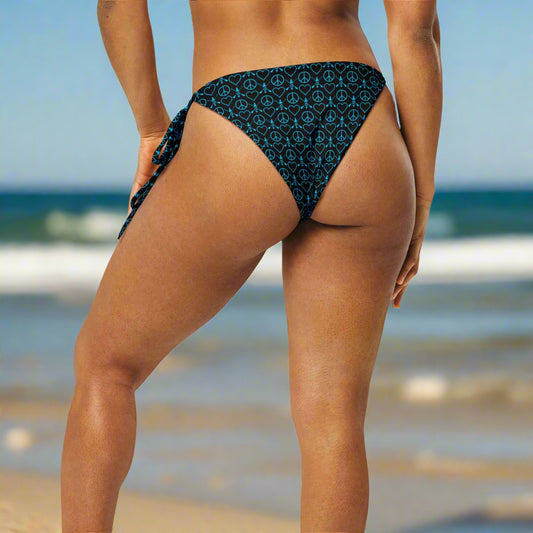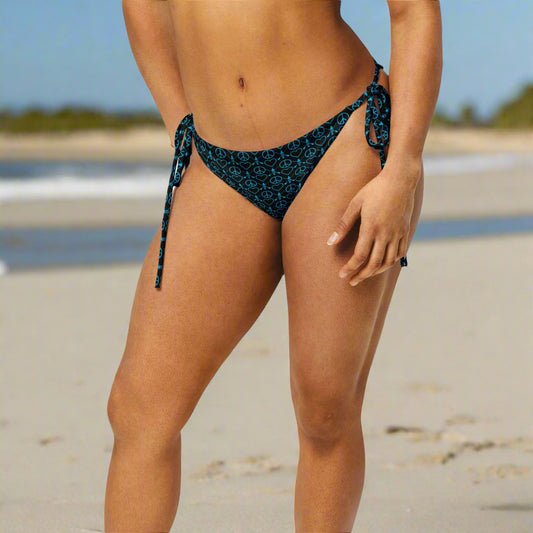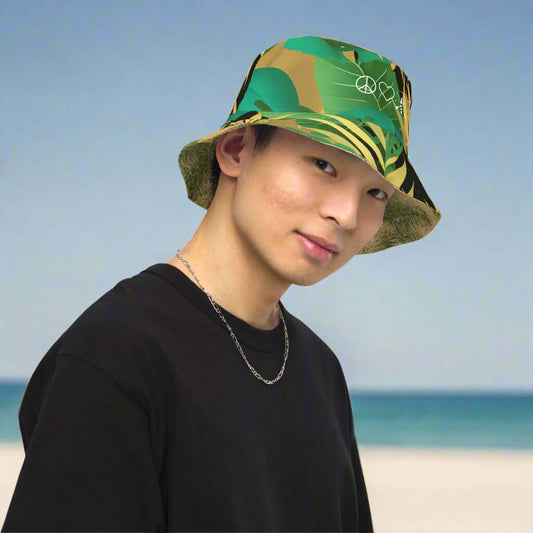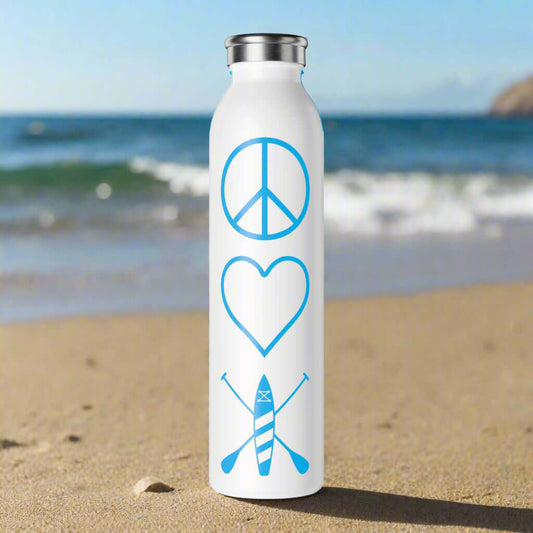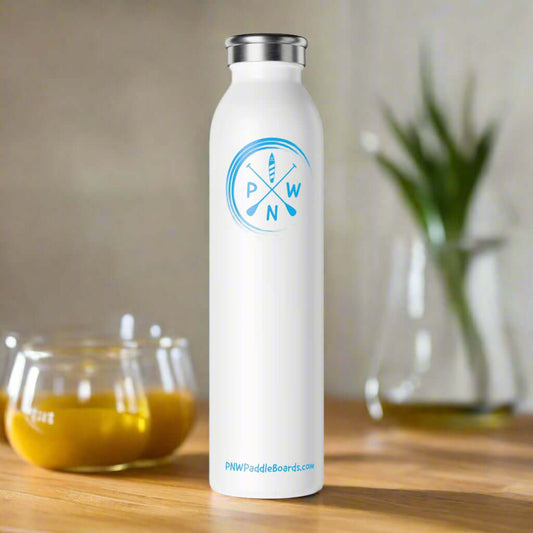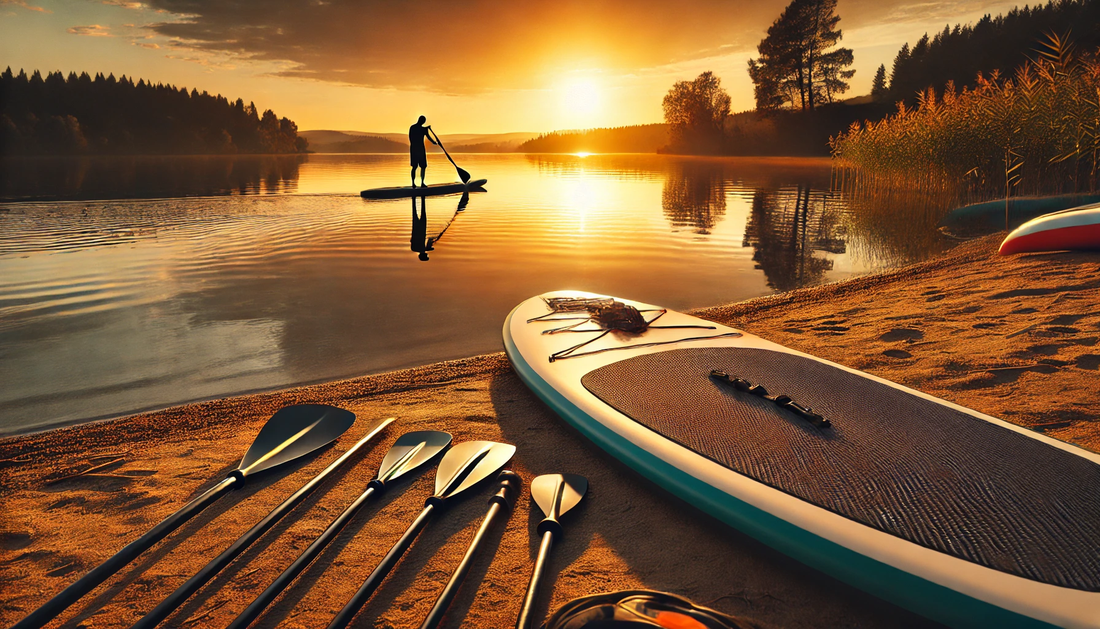
Choosing the Perfect Paddle for Your Paddleboard
Frequently Asked Questions
1. What are the different types of paddles available for stand-up paddleboarding?
2. How do I choose the right paddle material?
3. What is the importance of paddle length and blade size?
4. What should I consider regarding paddle grip and handle?
5. How can I maintain my paddle for longevity?
Embarking on an adventure with your epoxy stand-up paddleboard (SUP) requires careful thought about your equipment, especially when it comes to choosing the right paddle. Your paddle is an essential element that can greatly enhance your paddling experience, whether you're gliding through calm waters or tackling choppy waves. In this article, we'll dive into what you need to know to select the ideal paddle for your needs while also factoring in aspects of safety. Let’s get started!
Understanding Paddle Types
Paddleboards are as diverse as the people who use them, and so are paddles. The first step in making your choice is understanding the different types of paddles available on the market. Here’s a breakdown:
Fixed-Length Paddles
Fixed-length paddles are just that: fixed. They are often made from lightweight materials with a single length that is ideal for certain heights. This type can be suitable if you’re looking for simplicity and a robust feel, particularly for recreational paddling.
Adjustable Paddles
Adjustable paddles can change lengths and are ideal for families or groups of varying heights. This flexibility allows for easy sharing among paddlers and is often recommended for those who are beginners or intermediate. Safety is critical here, as an adjustable paddle ensures that no matter the user's stature, they can maintain a comfortable posture while paddling.
Split Paddles
Designed for easy transport, split paddles consist of two pieces that can be connected. This option is great for those who travel often, giving you the convenience of compact storage without compromising performance.
Choosing the Right Paddle Material
Paddle materials also play a vital role in performance and durability. The most common materials used include:
- Plastic: Affordable and durable, plastic paddles are great for beginners.
- Aluminum: A middle-ground option known for durability, though they can be heavier.
- Carbon Fiber: The lightweight champion, perfect for efficiency but often at a higher price point.
Choosing the right material not only impacts your performance but also affects your overall experience, which is crucial for enhancing your time on the water.
Paddle Length and Blade Size
The paddle's length and blade size are key factors in performance. A paddle that is too long or too short can lead to inefficient paddling techniques, resulting in fatigue or discomfort. Here are some tips for measuring the right paddle for your height:
Paddle Length Guidelines
1. **Under 5'0"**: Choose a paddle that is around 7'0" - 7'5" long.
2. **5'0" - 6'0"**: A paddle length of 7'5" - 8'0" is ideal.
3. **Over 6'0"**: Look for a paddle that is 8'0" - 8'5" long.
Blade Size Considerations
Blade size also impacts your power and efficiency while paddling:

- Small Blade: Ideal for long-distance paddling, providing less strain.
- Medium Blade: A versatile choice suitable for various activities.
- Large Blade: Great for quick bursts of speed but can tire you out faster.
Choosing the right size and shape will help maximize your efficiency while ensuring that your body remains safe and free from injury during long sessions.
The Importance of Grip and Handle
A comfortable grip will enhance your paddling experience significantly. Most paddles feature either a T-grip or a palm grip. The grip should feel secure in your hand without causing strain or discomfort. Here are points to consider:
Grip Material
Look for paddles that offer a non-slip coating. This ensures your grip remains firm even when wet, which enhances safety while you paddle.
Handle Shape
Whether you prefer a straight T-grip or an ergonomic palm grip can affect how your paddle feels in your hand. It's essential to feel a connection with your paddle to maintain control, especially in demanding conditions.
Balanced Weight for Better Performance
The weight of the paddle can significantly impact your overall paddling experience. Generally, lighter paddles reduce fatigue and allow for longer enjoyable sessions on the water. However, your choice may also depend on the conditions and intensity of your paddling:
- Racing & Performance: Lighter paddles provide a performance edge.
- Recreational Use: A balance of weight and durability may be more beneficial.
Always bear in mind that an appropriate weight that combines durability with performance is essential for safety, especially in rough waters.
Personalizing Your Paddle Experience
Each paddler is unique, and so are their preferences. Take some time to get familiar with different types of paddles. Trying out various options will give you a feel for what suits you best. Here are some considerations:
Your Paddling Style
Are you more inclined towards cruising in calm waters, going for a race, or tackling whitewater? Your typical paddling environment will inform your paddle choice. The paddle you choose plays a significant role in how much you enjoy your time on your epoxy stand-up paddleboard.
Consider Stability and Control
Safety should always be a priority. Choosing a paddle that provides stability can help you maintain control on the water. A good paddle that enhances your balance not only improves your performance but also reduces the risk of accidents.
The Importance of Maintenance
Once you’ve chosen the perfect paddle, it’s important to take care of it. Proper maintenance will prolong the life of your paddle and optimize its performance. Consider the following:
- Cleaning: Regularly rinse your paddle after use with fresh water, especially if you’ve been paddling in saltwater.
- Storing: Keep your paddle in a cool, dry place away from direct sunlight to prevent warping.
- Inspect: Regularly check for any signs of damage or wear and tear to ensure safety during your sessions.
Taking care of your equipment is as important as choosing the right gear, and enhances your safety when you're out on the water.
Enhancing Your Paddleboarding Experience
Remember, a paddle is not just a stick - it is an extension of your body and vital to your paddleboarding adventure. Selecting the right paddle is central to mastering your movements and enjoying the sport authentically. From understanding paddle types to considering materials and weights, every aspect plays a crucial role in how you connect with the water. Now that you are armed with the knowledge of how to choose the best paddle for your epoxy stand-up paddleboard, you're ready to hit the water confidently, knowing you’ve made the right choices for your unforgettable paddleboarding adventures!
Get out there, be safe, and enjoy every moment spent gliding across the water with your perfect paddle!

